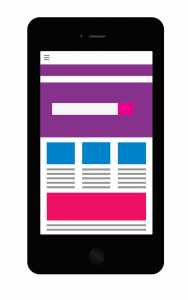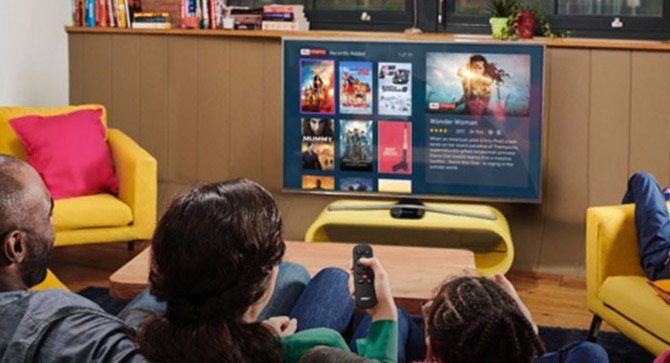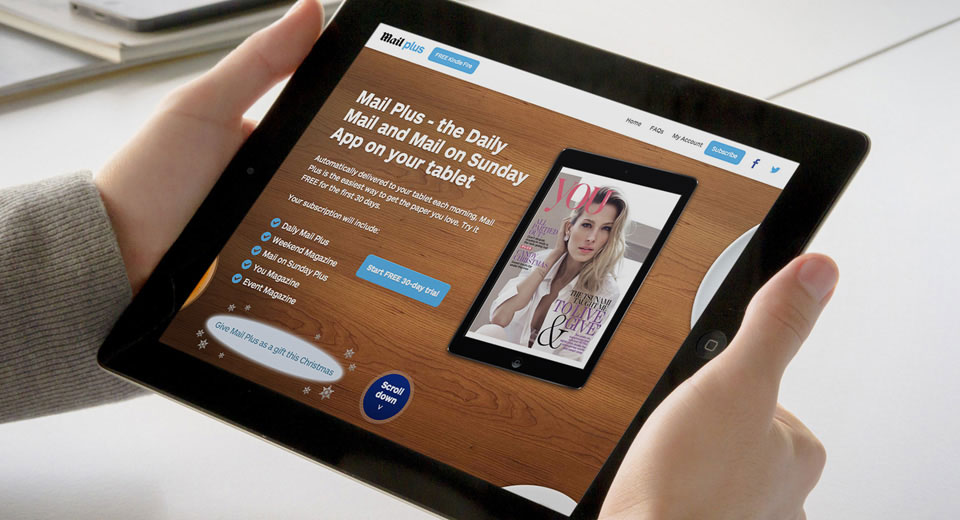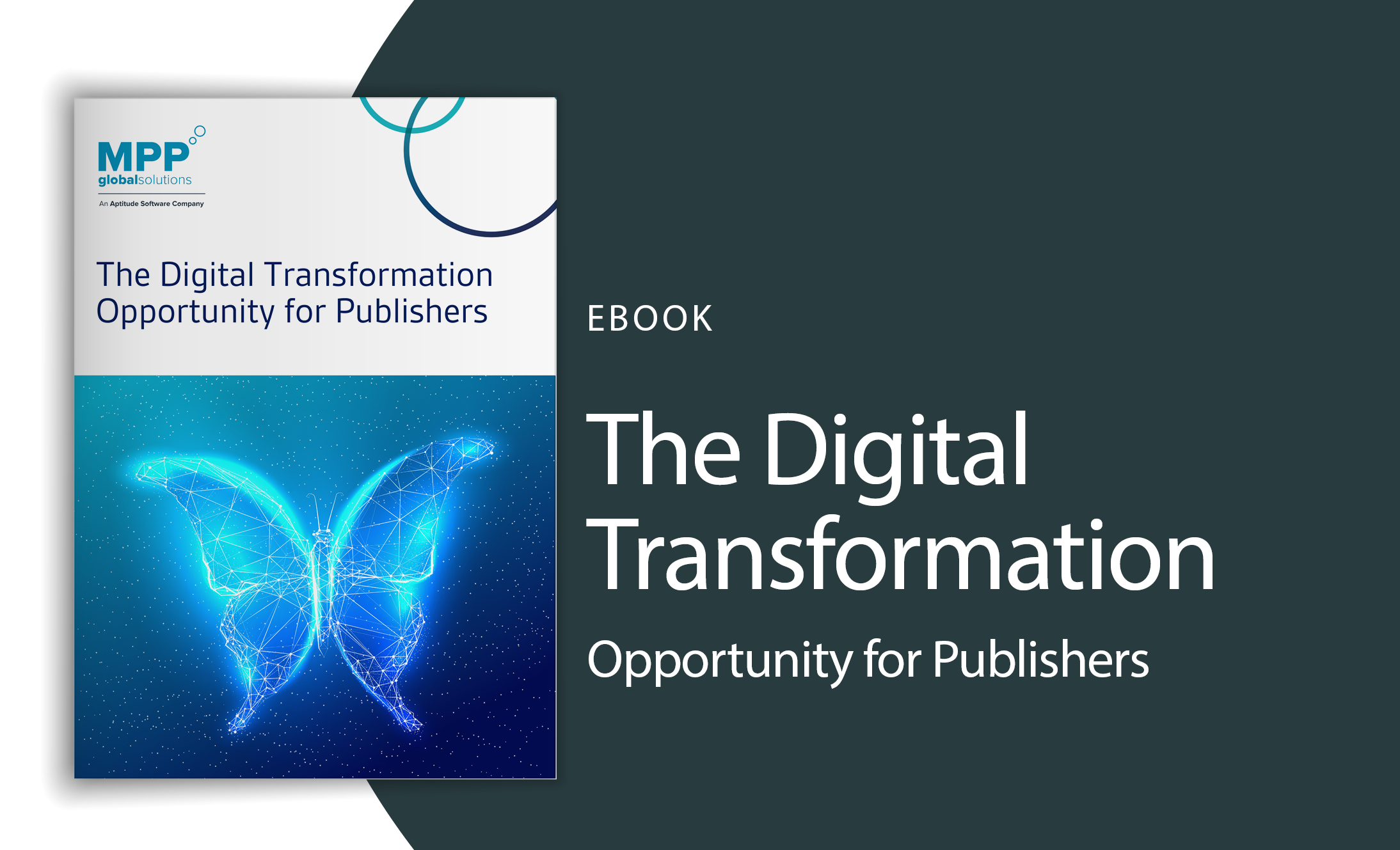4 Key Takeaways From INMA World Congress of News Media in New York

What You’ll Learn:
Find out about MPP Global’s key news and takeaways from INMA World Congress from Paul Herron, VP, Publishing, North America, including the rise of audio content, creating engaging user experiences on mobile and the future of recurring reader revenues.
The 89th Annual INMA World Congress of News Media returned to New York with a clear task: re-align news brands for the changed consumer appetite.
In a week of rejuvenation, discovery and celebration of strategies, trends and revenue models, delegates were invited to connect with the stars of news media in a conference, study tours, seminars, an awards dinner and an exclusive Guggenheim introduction to Manhattan.
MPP Global’s Paul Herron, VP, Publishing, North America headed to The TimesCenter in New York, where he was on-hand to discuss the importance of centralizing subscription strategies and leveraging one fully integrated platform to acquire, monetize and optimize audiences, and drive reader revenues for both print and digital.
Here, we’ve compiled a round-up of Paul’s key learnings and news from the highly successful event.
Think we’ve missed something? Tweet your takeaways from INMA World Congress of News Media in New York to @mppglobal.
Data is shaping the future of subscriptions
Torstar presented its Key Steps To Transition From A Legacy Media Company To A Data-Fueled Enterprise, in which the publisher detailed how since 2017, it has transformed from a newspaper-centric, print subscription model with free digital access, to a customer and client-centric organization with paid digital access.

Torstar’s mission is to deliver to each paying customer what is most relevant to their personal passions and needs. To achieve this, the publisher has leveraged data from both online and offline sources to ensure an intelligent and informed approach to both acquisition and retention.
In terms of subscriptions specifically, insights gathered from the new machine learning technology behind Torstar’s digital subscriptions informs the publisher which types of news and content is driving subscription revenue, and therefore what news and content to focus on to acquire and retain subscribers. This means Torstar is always targeting the right customer using the right channels at the right price, with the right content.
With its new, diligently implemented business model and roadmap, Torstar has successfully transformed into a data-first publisher equipped to deliver a personalized experience to all readers, unlocking recurring revenue from both digital and print subscriptions in the process.
In a similar story, Neue Zürcher Zeitung (NZZ) in Switzerland created a personalized paywall using 100-150 data points. The first payment messages and their appearance varies based on numerous factors, from the user’s device to the time of day they visit.
NZZ has almost 600,000 registered users, an increase of more than 40% from 2017, and is adding between 10,000 and 12,000 per month. The paywall has contributed to the doubling of reader revenue as a percent of total revenue (from 30 to 60%) in ten years.
With this testing, NZZ gained insight including:
- Users who registered with the site between one and two-and-a-half years previously have the highest likelihood to convert
- High-priced offers convert better than low-priced offers, especially when bundled with print
- Most users only buy a subscription in the morning if a previous offer is reduced
- Content about local news and financial topics engages better over lunchtime.
Without the foundation of solid data architecture, coupled with insights from business intelligence tools, machine learning, audience measurement and more, this level of personalization wouldn’t be possible. If publishers want to launch a successful subscription model that stands the test of time, they can’t compromise on the accuracy, reliability, and availability of centralized data.
Print is today’s answer and tomorrow’s solution
“Print may not be the long-term answer, but it is part of today’s answer and tomorrow’s solution.” This titbit from Juan Senor, President of Innovation Media Consulting was arguably one of the most insightful from this year’s conference.
Print was a huge focus at the World Congress, with discussions reinforcing the importance of print innovation and the fact that print not only still has its place, but is instrumental in bridging publishers to the industry’s future.

Senor explained that print is eternal, as no medium has ever replaced another medium – but different types of media do, of course, displace one another. We are entering an era of “new print”, whereby publishers are migrating from the ‘all the news that’s fit to print’ concept to instead deliver exclusive print content and a premium experience to smaller, premium, paying audiences. Publishers should play on the unique strengths of print – permanence, physicality, screen fatigue antidote, keepsakes – to continue leveraging it as a profitable revenue stream that complements digital efforts, rather than repeating them verbatim.
One way to successfully achieve this balance is by approaching with a ’reverse publishing’ mindset; the idea that digital influences print rather than vice versa. For example, Italy’s Mondadori took its best-in-the-nation food website and launched a wildly popular print magazine, with extended use of digital and social media to produce each edition. Recipes were picked by engaging readers to vote on a dedicated mini-website, while the first cover was picked from a selection posted via an interactive survey on Facebook.
By successfully bundling print and digital together as a single product, The New Yorker is one of an increasing number of media companies where reader revenue now exceeds advertising revenue. Its number of subscribers to print-digital combos is up by 30% despite a 20% price hike to $120 in 2017.
The key is to use print as a bridge to the future, showcasing exclusive, premium-quality content that your audience simply can’t access from digital alone.
Podcasting increases engagement, so do it well and do it often
As we predicted earlier this year, audio has become an essential component to any publisher’s successful content strategy. According to a presentation from Hernan Lopez, Founder & CEO of Wondery, one of the largest podcast publishers in the country, 32% of Americans are listening to podcasts every month and this number has continued to increase since 2017. It’s clear that podcast listeners are an engaged and growing audience.
Additionally, Marguerite Howell from The Economist delivered a session on how podcasts in particular have quickly become an integral means for The Economist to communicate to their audience on a more personal level about current affairs, business and finance, science and technology, and global issues.
For The Economist, the purpose of podcasting is to cultivate a daily audience, boost brand awareness, retain existing subscribers and, just as importantly, attract new ones.
Specifically, The Intelligence, a podcast published every single weekday by Economist Radio, focuses on the events it claims are “shaping the world” of its audience. Before launching their daily podcast, Economist Radio received 7 million downloads and streams per month – post-launch of The Intelligence, this figure doubled to 13-15 million. Now, 75% of Economist Radio’s audience now listens to The Intelligence, with 80-90% completion rates for podcast episodes.
This shows us that the key to podcasting successfully as an audience engagement and subscriber acquisition tool is to put the time in, consistently and regularly, and not expect overnight results. Cultivating an audience is something that’s going to take time, so for publishers to get long-lasting results and retain listeners, give them what they’re looking for: reliable, digestible news on the daily, or weekly news wrap-ups and highlights. Frequency is everything.
News story layouts on mobile shouldn’t just be left to chance

The average adult spends 142 minutes each day on a mobile device, with 12 minutes spent on each mobile news-reading session. That’s according to Jacob Gjørtz, VP Marketing for CCI Europe, the global developer of content creation and publishing platforms for media companies.
At his session, Gjørtz discussed the importance of visual storytelling and the flow of information for publishers looking to build a mobile news audience, key points which were expanded on further by Mark Challinor, CEO of Media Futures Ltd, the digital media consultancy service. He focused his session on how successful mobile storytelling is dependent on creating a bespoke user experience that is readable, intuitive, quick-to-load, and specifically composed for a phone screen.
If publishers want to encourage audience engagements on mobile, this shouldn’t be approached as a simple box-ticking exercise of ensuring their websites are mobile responsive; that’s the bare minimum. Consumer expectations for user experience are higher than ever, so publishers need to get creative with layout and constantly A/B test different formats to see what attracts readers and cuts through the noise, and what doesn’t.
Well-formatted mobile storytelling has the potential to help plug revenue holes many publishers might be experiencing in the era of digital transformation, presenting a growth opportunity well worth investing some research into.
Find out more about eSuite
MPP Global’s new print and physical subscriptions functionality is a significant game changer in the publishing technology landscape, making eSuite the only cloud solution to fully support and futureproof revenue growth.
Our publishing specialists would be happy to personally walk you through a demo, and discuss any initiatives you have around subscription growth, complementary strategies, and billing or retention initiatives.
 us
us 










